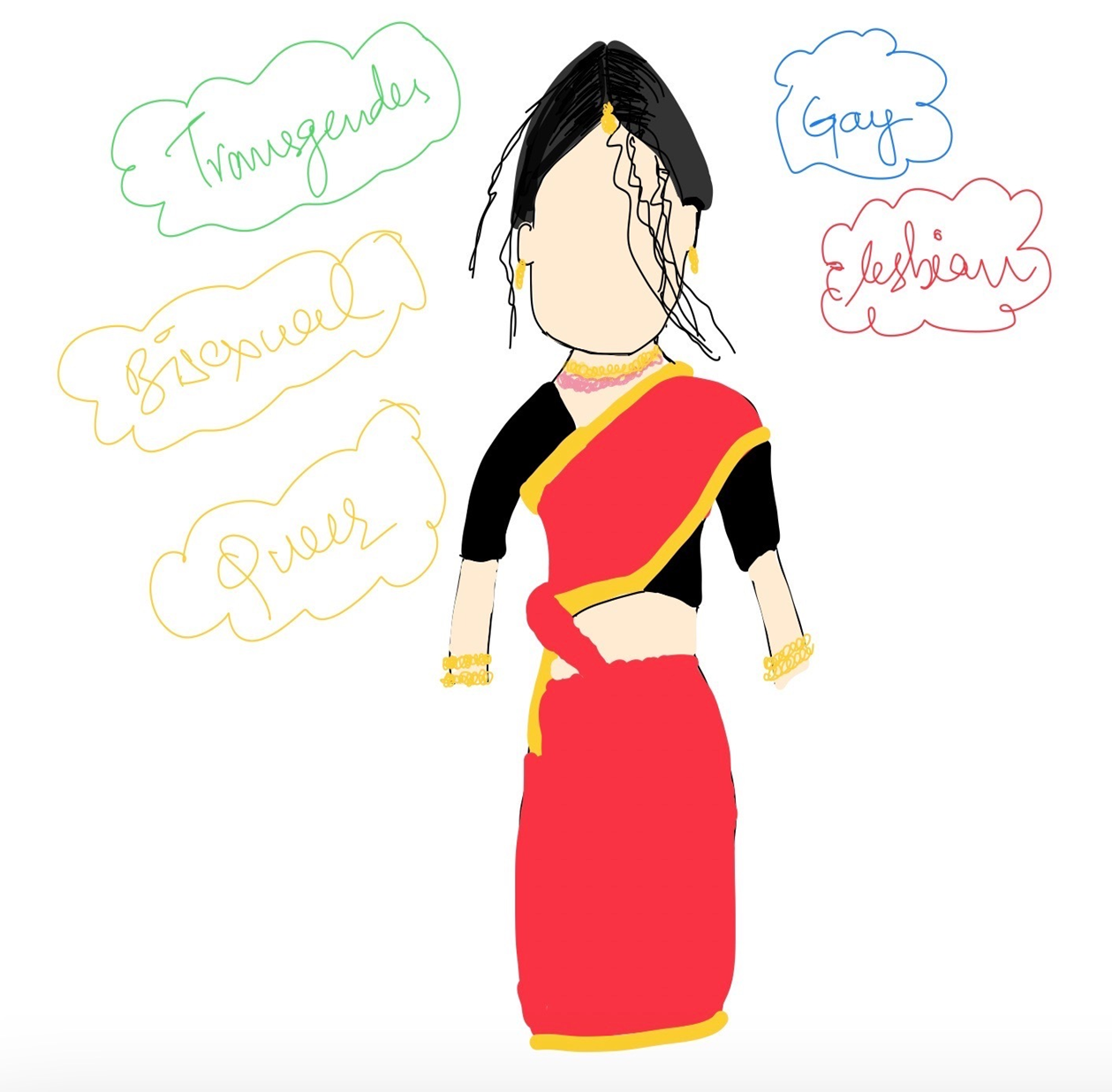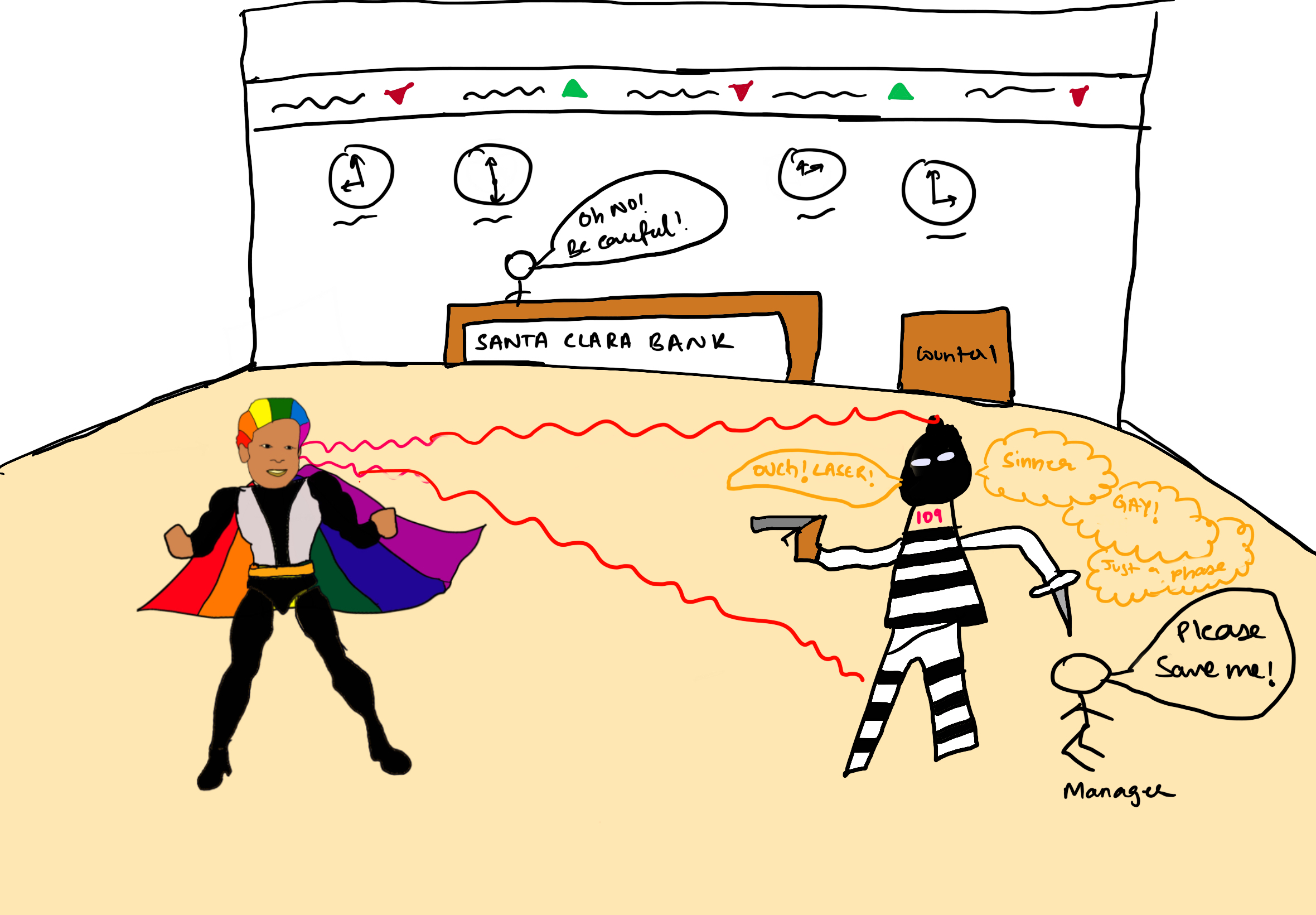 Shibu
Shibu


Brief
The contribution of this project is the development of Shibu, a role-playing game designed to promote and instill gender-inclusive language (GIL) by combining an engaging narrative with interactive gameplay aimed at raising awareness and addressing gender biases in communication.
Roles: Project Lead and Lead Researcher
Year: 2023
Team: 3 Researcher and 2 Faculty Mentor
Tools: Figma, Google Doc, Excel Sheet
Programming Language: Python

Problem Statement
In today's increasingly diverse and inclusive environments, the use of gendered language,particularly personal pronouns, which can unintentionally perpetuate gender biases and exclude individuals who do not conform to traditional gender identities, is a matter of debate. Despite growing awareness around gender-inclusive language (GIL) through seminars, workshops, and formal education, many individuals still struggle to implement it consistently in everyday interactions. This inconsistency stems from a lack of understanding, internalized biases, and the absence of standardized approaches, making it difficult to foster more inclusive communication practices. This particularly becomes even more challenging for English as a Second language (ESL) speakers.
Solution
This project primarily aims to research how we can promote GIL adoption by creating an interactive and engaging platform for users to practice and become familiar with inclusive pronoun usage. In this project, we designed and developed a role-playing game, Shibu. The game seeks to combine entertainment with education, offering an innovative, practical tool that encourages players to reflect on their language choices.
Challenges
One of the biggest challenges in developing this project is the complexity of language, which is often supplemented by context and cultural nuances. These nuances make it difficult to standardize language rules, particularly when addressing the fluidity of gender identity. To address this, the project team had to carefully consider how narratives and storytelling could be woven into the game to help users internalize GIL more naturally. By incorporating contextual scenarios that reflect real-life situations, the game can help players better understand how language shapes identity and how to apply GIL effectively, even in nuanced interactions.
Impact
This project has had a profound personal impact on me, both as the lead developer and as someone who speaks English as a second language. Working on Shibu has deepened my understanding of the complexities of language, particularly how subtle biases can manifest in communication. As a non-native speaker, I initially found pronoun usage to be a challenge, but through this project, I’ve gained a greater awareness of how these challenges extend to both native and non-native speakers alike. Leading this project has not only strengthened my technical and leadership skills but has also transformed the way I approach language and inclusivity in my everyday interactions. By creating a tool that educates others on gender-inclusive language, I’ve also learned how to navigate and promote more equitable communication for myself and those around me.
Generative Steps:
Autoethnography: Of three researchers on this team, 2 were English as a second language speakers who shared the same culture, societal, and religious values. We, as researchers, kept and recorded our daily experiences, struggles, and challenges of using GIL. This step allowed us, as the researcher to explore their own lived experience as both a learner and a user of GIL. This adds depth to the research by focusing on how individual learners grapple with learning new language structures and social norms related to gender inclusivity.
Insights from Authethnography:
- Lack of Familiarity with Non-Binary Pronouns: We as learners struggled with using non-binary pronouns like "they/them" as singular pronouns because we’ve traditionally been taught that "they" is plural in English grammar. This grammatical shift can cause confusion and hesitation.
- Cultural and Societal Norms: In our cultures, gender norms are deeply embedded in language and society. Using GIL might feel unfamiliar or even socially uncomfortable, especially since we come from societies where gender is strictly binary (male/female).
- Grammar and Syntax Complexity: GIL introduces complexity, such as using singular "they" and avoiding gendered terms like "he/she," "sir/ma’am," or "man/woman." The complexities of grammar (e.g., subject-verb agreement with singular "they") can lead to confusion and be difficult for ESL speakers, such as us, who are still mastering English grammar and vocabulary. For example, ESL speakers struggle to correctly use "they" in sentences like "They is/are going to the store." This can slow down adoption and create frustration.
- Fear of Making Mistakes: As ESL speakers navigate unfamiliar territory, we fear using GIL incorrectly, especially if we are unsure of pronouns or terminology. This can lead to hesitation or avoidance of GIL altogether.
- Lack of Practice: We observed that as ESL speakers, we don’t get enough opportunities to practice GIL before using it for real conversations, leading to difficulties in adopting it fluently.
- Lack of Clear Guidance or Resources: We also noticed that as ESL speakers, we may find that there is limited guidance or learning materials explicitly designed to teach GIL. Most ESL curricula are still based on traditional grammar and gender norms, with little emphasis on inclusivity.
- Translational Barriers: Translating GIL from English into our native language is very difficult. Many languages have strict gendered nouns, pronouns, or verb forms, and the concept of gender neutrality might not exist. Hence, speakers might find it difficult to reconcile GIL in English with their native language’s gendered structure. For example, in languages like Hindi, nouns, adjectives, and verbs are gendered, and we were not sure how to adapt English's gender-neutral concepts into our native linguistic framework.
- Emotional or Cognitive Overload: Adopting GIL requires mental effort, especially when speakers are already dealing with the challenges of mastering a second language. The added layer of gender inclusivity might feel overwhelming for some.
Researching Existing Games: A variety of existing games and tools have already addressed gender identity and inclusivity, often with positive outcomes. Several games offering diverse gender options, like avatar customization, lead to increased knowledge and acceptance of gender diversity among players. Serious games like Gender Quest, Respectful Relationship, and Queers in Love at the End of the World have been successfully used to educate players on gender neutrality, stereotypes, and biases. While these efforts contribute significantly to the broader conversation around gender equality and representation, explicit focus on the use of personal pronouns and gender-inclusive language in games is still in its early stages, indicating room for growth and further development in this space.
Design and Development
We designed a text-based RPG that features a gender-neutral superhero, Shibu. The players step into the shoes of novice reporters shadowing Shibu on their adventures, utilizing gender-neutral pronouns to narrate Shibu's actions and character. The game was designed to be hosted on a discord server, it employs Natural Language Processing (NLP) to evaluate player responses and shape the narrative accordingly. Players interact with non-player characters (NPCs) and the gaming environment within a Discord server, ultimately crafting a comprehensive story of their own.
Evaluative Research
We organized extensive playtesting sessions followed by semi-structured interviews. We recruited individuals to playtest our game, aiming for a diverse group that included specific personal pronoun users, non-native English speakers, and native English speakers. Our final group consisted of nine participants, with three of us hosting three playtesting sessions each as the "Editor." All playtesters were invited to our discord server, "Santa Clara Times." Upon joining a pre-assigned channel, the "Editor" welcomed them, asked for their consent via a Google form, and registered them as players. Once ready, the game, lasting around 15-20 minutes, commenced. The Editor would present a visual and request players to narrate the scene. The Editor's script was designed to encourage players to employ personal pronouns and elaborate their descriptions, which would allow the language model to accurately analyze the text. At the end of the playtesting, the Editor would inform the player about the instances where their use of personal pronouns might have been inappropriate. Additionally, this playtesting session was followed by semi-structured interviews.
Insights we learned from Playtesting and Semi-Structured Interviews:
- Curiosity and Discussion Sparked by GIL: The inclusion of GIL in the game generated curiosity and discussion among the players. This indicates that GIL can serve as a conversation starter and educational tool, even in environments where it may not be widely practiced.
- Increased Carefulness and Familiarity Toward the End: Toward the end of the game, players exhibited greater carefulness and familiarity with using inclusive language. This suggests that prolonged exposure to GIL in the game context helped players become more accustomed to it, signaling the potential for game-based learning to effectively reinforce inclusive language practices over time.
- Default to Male Pronouns or Roles: From our playtesting session, we observed that the majority of players defaulted to using male pronouns or assigning male roles to characters, particularly when gender was unspecified. This suggests that players rely on ingrained linguistic or cultural habits when gender cues are absent. When we asked about this during interviews, most of the players still defaulted to the use of male pronouns for various NPCs from the game.
- Visual Cues Influence Pronoun Usage (Specific to Superhuman Shibu): The visual design of the character "Superhuman Shibu" strongly influenced players' pronoun choices, with players being more likely to adjust pronouns based on the character's appearance. This indicates that visual cues can play a crucial role in guiding players' understanding and adoption of gender-inclusive language (GIL), though this effect was less prominent with other characters.
- Inconsistency with Non-Player Characters (NPCs): A significant observation was the inconsistent use of pronouns with NPCs. Players did not maintain a consistent approach to assigning pronouns, which suggests that either the cues provided by NPCs were unclear or that players found it challenging to track and implement GIL when interacting with multiple characters.
- Struggle with Using Certain Pronouns: When prompted or nudged to use non-traditional or gender-neutral pronouns, many players demonstrated difficulty. This highlights a lack of familiarity or comfort with gender-inclusive pronouns, suggesting the need for more guidance or practice opportunities to build confidence.
- Typing Full-Text Responses Was Challenging for Players: The game required players to type their responses. Players found it difficult to type out full-text responses, particularly when responding to open-ended questions or prompts that required thoughtful reflection on gender pronouns. This suggests that simplifying input methods or offering shortcuts (e.g., pronoun selection menus) could enhance the overall user experience and reduce friction in the adoption of GIL.






